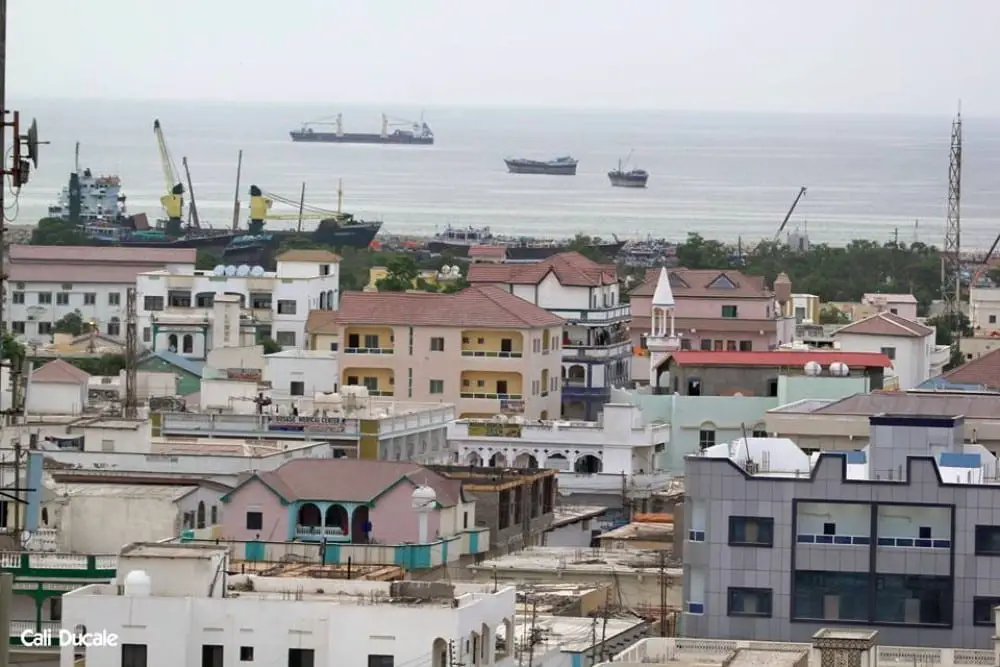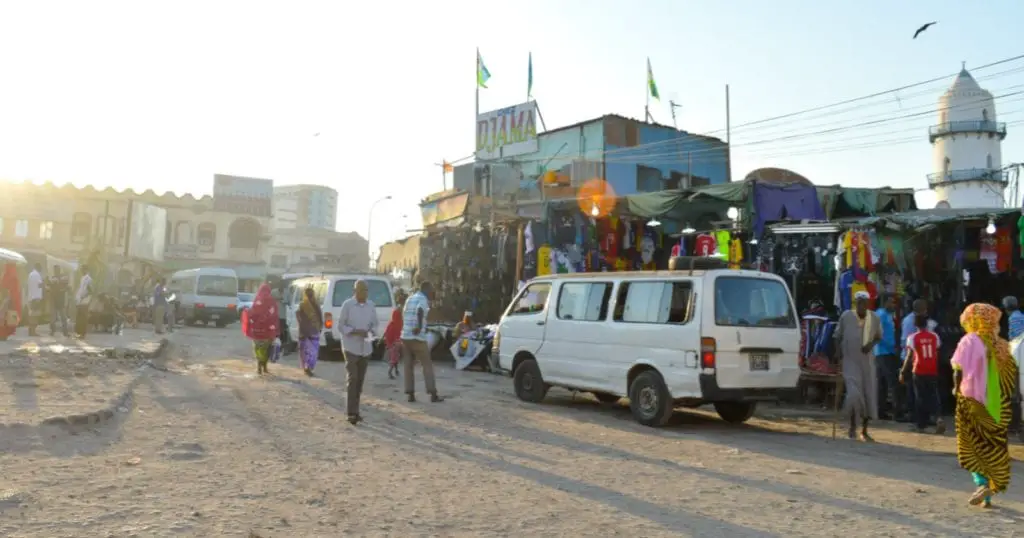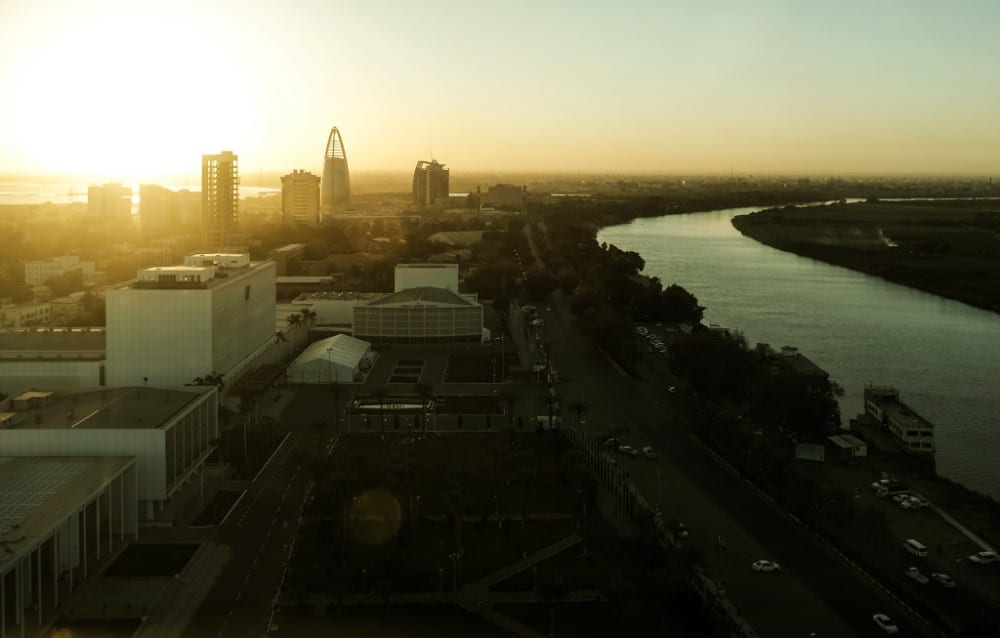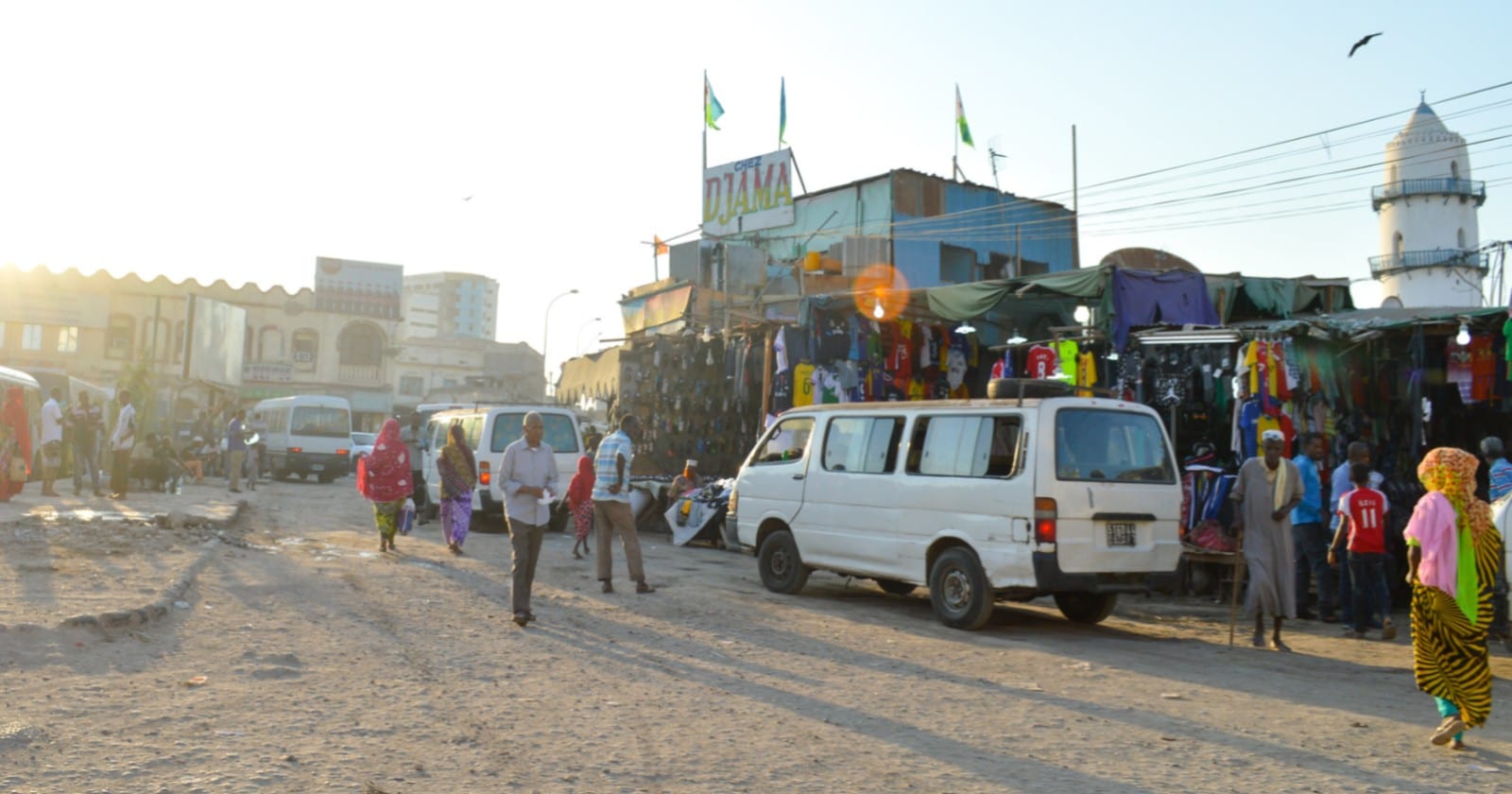While California’s Death Valley and Libya’s El Azizia are frequently cited as the hottest places on Earth, there is more debate when it comes to determining the world’s hottest cities. In this post, we’ll run through the top five according to average temperature data – which is taken to be the mean of average daily highs and lows.
Therefore these cities are usually considerably hotter during daytime than the figure quoted but may not necessarily be the hottest cities in the world if we were to rank them by average highs given other places may have greater daily swings and seasonal shifts. While accurate climate information does not exist for every single town and city in the world, almost all major cities are covered. Unsurprisingly the top five all come from Africa.
The Hottest Cities in the World by Average Temperature
1. Assab, Eritrea
Assab, a small port city in the Red Sea region of Eritrea, ranks as the hottest city in the world, according to climate data. In the interests of consistency, all temperatures quoted in this post come from the same source.
While its record high is a sweltering 49°C, what makes Assab’s overall average so high is that temperatures do not drop significantly at night unlike other places with typical hot desert climates. During the peak summer months of July and August, even its average night-time temperature exceeds 30°C meaning there really is no respite from the searing heat for the residents of Assab which has a grand total of just 3 rainy days per year on average.
Average Temperature – 30.5°C
2. Bosaso, Somalia

Bosaso via Yusuf som, CC BY-SA 2.0
Nearby Bosaso in Somalia is another coastal city with a very similar climate to that of Assab. Daily mean temperatures hover around 36°C from June to August with night-time lows above 30°C throughout those months but the humidity does at least drop during the middle of the year, a small crumb of comfort for the city’s 200,000 residents.
While you might think people would be fleeing such a place, Bosaso to some extent is booming. With the region of Puntland declaring autonomy in 1998 during the ongoing Somali Civil War, it has effectively become the economic capital of the northeastern region of the country and its population has rapidly increased since.
Average Temperature – 30°C
Read More – The most visited countries in Africa
3. Djibouti City, Djibouti

Djibouti via Francisco Anzola, CC BY 2.0
Staying on the horn of Africa, we reach Djibouti City, the capital of the tiny country of the same name. Despite its limited size, Djibouti’s location is of strategic importance, lying on a small straight consisting of the world’s busiest shipping lanes where the Red Sea meets the Gulf of Aden.
Djibouti City’s climate is again similar to those of nearby Assab and Bosaso with record highs of 45.9°C. Even its sea temperature averages in excess of 30°C for most of the year ensuring the waters of the country’s many beautiful beaches do not provide much relief from the heat.
Average Temperature – 29.9°C
Read More – The 10 Highest Capital Cities
4. Khartoum, Sudan

Khartoum via Christopher Michel, CC BY 2.0
The hottest non-coastal capital city in the world is Khartoum in Sudan. With over 5 million residents in its metropolitan area, Khartoum is one of the largest cities in all of Africa. While it may be a long way from the sea, Khartoum is magnificently set at the point where the Blue Nile and White Nile Rivers merge.
With average daily highs of over 40°C from April to June, there are few more sweat-inducing pursuits on this planet than trying to grab a bargain in Khartoum’s chaotic souqs. Even in the very coolest months of the year, average day-time temperatures still top 30°C.
Average Temperature – 29.9°C
5. Abéché, Chad
The top five is completed by the ancient city of Abéché in Chad. While the remnants of mosques, palaces and the tombs of once powerful sultans still remain, Abéché today is a relatively unremarkable city, although its population has risen to make it the fourth largest in Chad, in part due to an influx of Darfurian refugees.
Abéché has average highs in excess of 32°C for all twelve months of the year. It does at least benefit from a distinct rainy season which runs from late June through to mid September.
Average Temperature – 29.4°C
This countdown of the top ten hottest cities in the world is concluded by:
6. Garissa (Kenya) – 29.3°C,
7. Lodwar (Kenya) – 29.3°C,
8. Niamey (Niger) – 29.3°C,
9. Aden (Yemen) – 29.1°C,
10. Bangkok (Thailand) – 28.6°C.
The Hottest Cities in Every Continent
Every continent has their hot spots although Europe’s more distinct seasonal patterns contribute to its hottest city by average temperature being Las Palmas de Gran Canaria with the year-round mild climate of Spain’s Canary Islands unlike anything else found in mainland Europe.
| Continent | Hottest City | Average Temperature |
| Europe | Las Palmas, Spain | 21.2°C |
| Asia | Aden, Yemen | 29.1°C |
| Oceania | Darwin, Australia | 27.6°C |
| Africa | Assab, Eritrea | 30.5°C |
| South America | Barranquilla, Colombia | 27.4°C |
| North America | Oranjestad, Aruba | 28.1°C |
Interestingly, Las Palmas is actually one of the coolest cities in Spain during the summer months and it seldom experiences extreme highs at any point in the year, which highlights the challenge of deciding exactly what data to use when calculating what are the world’s hottest cities.
This article was published in August 2020.


I think you should add Kuwait city, the average temperature is 44 degrees and higher.
It may be very hot in the middle of the year, but Kuwait City has average lows of 10°C or less from December to February, so its overall annual average temperature is less than these cities.
Churu,India (50°c)
Nice information good work
Mexicali , México, 56 c°